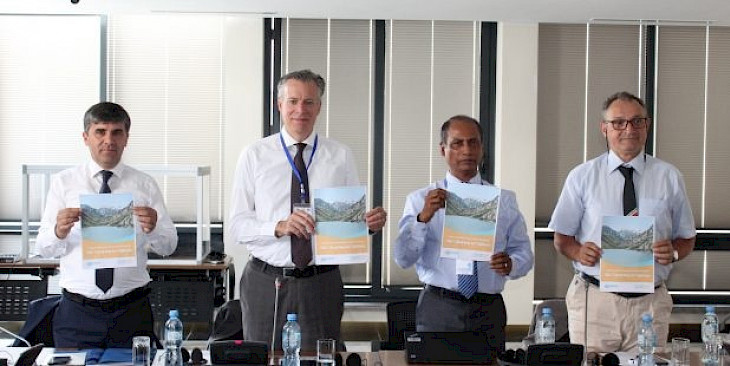At the 3rd International Conference on “Prospects for the Development of Renewable Energy in the Republic of Tajikistan,” held in Dushanbe, the country presented a strategic roadmap to achieve Sustainable Development Goal 7 (SDG 7): ensuring universal access to affordable, reliable, and sustainable energy. The announcement was reported by Asia-Plus.
The roadmap was jointly developed by Tajikistan’s Ministry of Energy and Water Resources and the United Nations Economic and Social Commission for Asia and the Pacific (UNESCAP). It is the first high-level strategic document of its kind in the country, tailored to Tajikistan’s unique climatic, technological, and social conditions.
According to Deputy Minister of Energy Manuchehr Safarzoda, the strategy marks a major step toward strengthening the country’s energy security and advancing a green economy.
The roadmap focuses on three main directions:
-
Improving energy efficiency, particularly in the residential sector;
-
Modernizing outdated heating and cooking systems, with an emphasis on switching to electric alternatives;
-
Expanding renewable energy sources, including hydropower, solar, wind, and bioenergy. The overarching goal is to achieve net-zero carbon emissions by 2050.
The conference, organized by the Ministry of Energy with support from the Renewable Energy Association and international partners, is being held from June 23 to 25. Participants include government officials, researchers, civil society actors, and representatives of international organizations.
Safarzoda also noted that Tajikistan currently uses only 5% of its estimated 527 billion kWh annual hydropower potential - highlighting vast opportunities for the expansion of clean energy.
Experts added that Tajikistan holds significant renewable energy capacity: 369,600 MW of solar potential and 4,485 MW of wind power potential. The country currently ranks sixth globally in terms of the share of renewables in its energy mix.
CentralasianLIGHT.org
June 24, 2025

